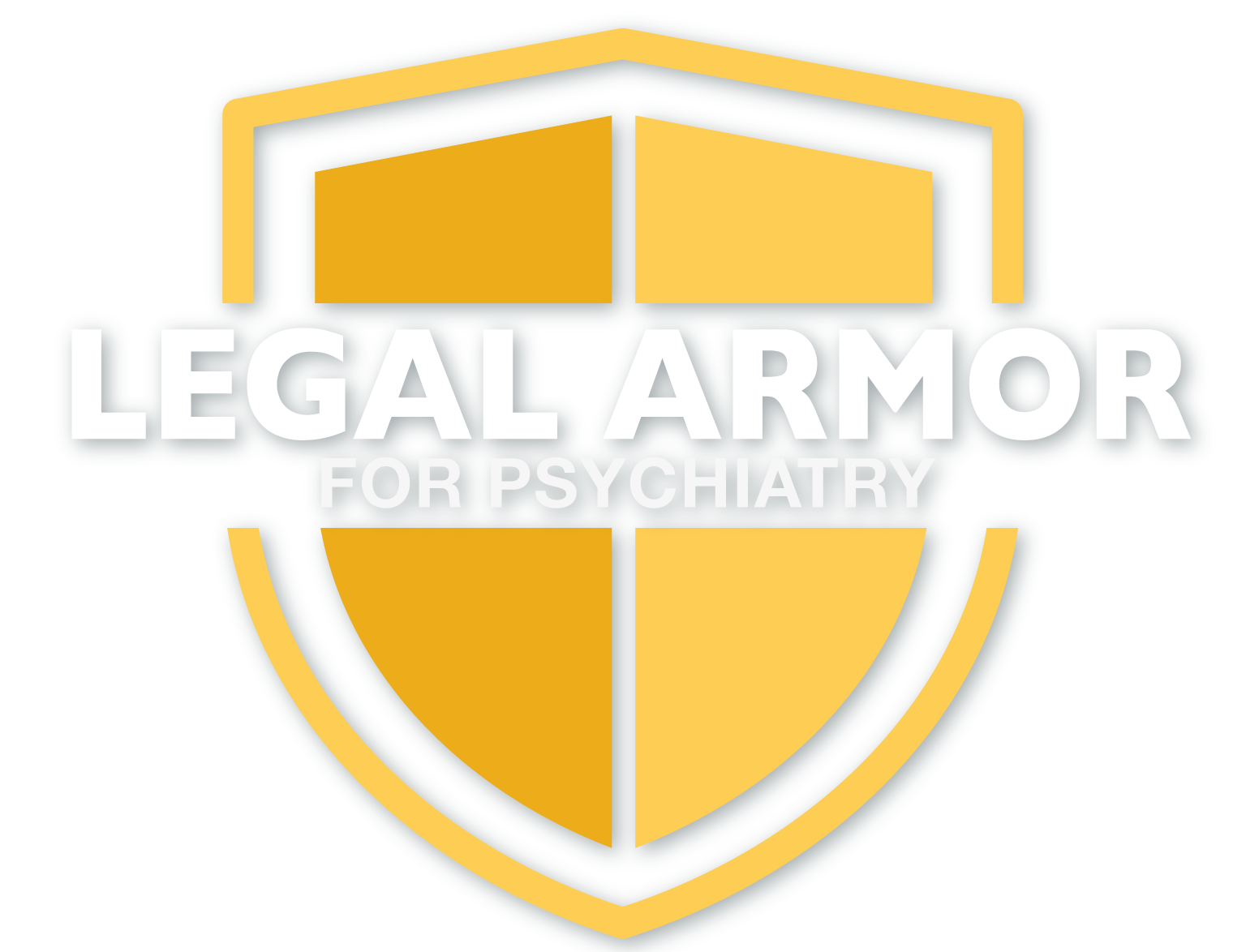End of Year Sale - Save Up To 30% on Everything!
Additional discount taken off the lowest price shown and applied automatically at checkout.
Managing Psychiatry Malpractice Risk Doesn’t Have to Be a Risky Business
|
When treating patients in a mental health setting, risks abound. Patient health and safety is always your top priority, but miscommunication, poor documentation, failure to properly diagnose, medication adverse effects, self-injury or death by suicide, and violence against others could lead you to being deposed or named in a psychiatry malpractice, or medical malpractice suit. The Legal Armor course, with world-renowned faculty presenter, Dr. Phillip Resnick, will guide you through the difficult decision making that comes with treating patients over whom you exercise limited control but are (often unrealistically) expected to guide into well-being without the occurrence of untoward events. Enjoy the confidence and freedom that comes from knowing you are taking the right steps to protect yourself and your practice. |
 |
Legal Armor for Psychiatry Online Course
|
$397 | Register Now |
100% Money Back Guarantee – See Terms & Conditions
Legal Armor for the psychiatric practitioner guides you in minimizing your medical malpractice risk, letting you live with a much higher level of security, competency, and comfort. Experienced forensic psychiatrist Dr. Phillip Resnick demonstrates how to protect yourself and your livelihood by adding particular procedures and by stopping other practices that may increase your risk – practices that you may not realize are risky and avoidable! – Jack Krasuski, MD, Founder
Course includes 16 AMA PRA Category 1 Credits™
including 8 SA Credits
| Course Agenda |
|
Welcome and Introduction – Phillip Resnick, MD |
|
Trends in Psychiatric Malpractice: A Tale of Sex and Violence – Phillip Resnick, MD
|
|
Risk Assessment for Suicide and Malpractice Avoidance – Phillip Resnick, MD
|
|
Violence Risk Assessment and Malpractice Avoidance – Phillip Resnick, MD
|
|
Malpractice Issues in Confidentiality and Privilege – Phillip Resnick, MD
|
|
Do’s and Don’ts of Depositions – Phillip Resnick, MD
|
|
Foreseeability and Documentation – Jack Krasuski, MD
|
|
Medical-legal Issues in Psychiatry Audience Q&A – Phillip Resnick, MD |
Intended Audience: Psychiatrists
Accreditation Statement:
This activity has been planned and implemented in accordance with the Essentials and Standards of the Accreditation Council for Continuing Medical Education (ACCME) through the joint sponsorship of PeerPoint Medical Education Institute and American Physician Institute for Advanced Professional Studies, LLC. PeerPoint Medical Education Institute is accredited by the ACCME to sponsor continuing medical education for physicians.
The American Board of Psychiatry and Neurology has reviewed Legal Armor and has approved this program as a part of a comprehensive Self-Assessment Program, which is mandated by the ABMS as a necessary component of Maintenance of Certification.
Designation Statement:
Online Course, Release Date April 1, 2025, Termination Date March 31, 2028:
PeerPoint Medical Education Institute designates the live and enduring formats for this educational activity for a maximum of 16.0 AMA PRA Category 1 Credits™. Physicians should only claim credit commensurate with the extent of their participation in the activity.
Of these 16 credits: 8 also qualify as ABPN Self Assessment credits.
Nurses & Nurse Practitioners: For all your CE requirements for recertification, the ANCC will accept AMA PRA Category 1 Credits™ from organizations accredited by the ACCME.
Physician Assistants: The NCCPA accepts AMA PRA Category 1 Credits™ from organizations accredited by the ACCME.
Licensed Psychologists: Most state boards will accept AMA PRA Category 1 Credits™ toward professional development hours. Please confirm with your state board before using this product for professional development hours.
Legal Armor for Psychiatry Online Course
|
$397 | Register Now |
100% Money Back Guarantee – See Terms & Conditions

